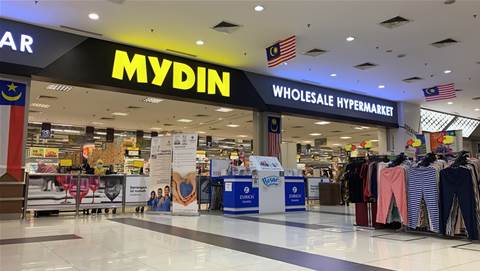Digital transformation varies across industries, and specific to healthcare and hospitals, there is now a move towards advanced technology tools – with hospitals investing in clinical mobile tools, real-time location systems (RLTS) and intelligent workflow solutions to support smarter, more connected workflows.
A Zebra Technologies global report entitled Smart, More Connected Hospitals revealed that a more connected workflow has led to a more than 80% increase in medical workflow accuracy and precision and boost in accuracy of supply tracking and inventory management, and a more than 80% reduction in preventable medical errors.
The report said that most hospital executives now expect nearly all staff types to have their own devices in the next 5 years – deviating from 2017 when the bedside nurses and facilities management were prioritised.
While more devices are being deployed, more than half of medical respondents feel that connecting hospital systems poses an operational challenge.

Speaking with iTNews Asia about what we can learn from the study, Johnny Ong, APAC Healthcare Practice Lead at Zebra Technologies said hospitals were adopting a siloed approach to technology in the past, focusing specifically on individual workflows and tasks.
As a result, healthcare staff were overwhelmed by a tangled web of standalone systems that detracted from the system’s goals. This led to errors and additional strains on healthcare professionals, said Ong.
“Today, hospitals recognise the importance of employing a holistic approach to technology investments, bringing together a single cohesive system with unified solutions that make it easy to connect with colleagues, equipment, and information.”
Pandemic has elevated transformation as a priority
Ong added that since 2017, hospitals have been moving beyond deploying devices for bedside nurses and facilities management, and extending mobile device usage across all points of care from clinical departments (e.g. intensive care unit, emergency room) to non-clinical departments (e.g. IT support, security, patient transport).
“Hospitals are realising the benefits of purpose-built devices and healthcare-optimised mobility solutions and have been making good progress with this shift. This supply chain transparency has allowed healthcare staff to keep track of the location and status of assets, people, and equipment, bringing forth smarter real-time decisions. As a result, technological solutions are helping hospitals to provide better patient care in the most operationally efficient way.“
While workforce transformation in the healthcare sector had already been an ongoing discussion prior to the pandemic, Ong said the issue was still not an urgent priority – as there was no catalyst for change.
The Zebra study said COVID-19 had disrupted the existing care model, perhaps for the better – as forward-thinking clinicians and decision-makers re-evaluated their current healthcare models. Eight in 10 decision-makers in the sector have since accelerated investments in technology at their hospital.
“There have been increased rates of telehealth usage, record-breaking investments in digital health companies and more organisations adopting artificial intelligence in innovative ways, which would not have happened at the rate it did without the pandemic.
“The pandemic has indefinitely triggered a wave of workforce transformation, with healthcare systems finding the best methods and solutions to innovate and digitalise to elevate patient care and empower clinicians according to the workforce needs,” said Ong.
Digital Healthcare 2022 is happening on 22-23 March 2022. More information can be found here.









